
Pilgerpolitik? Muslimischer und christlicher Tourismus von Indonesien nach Jerusalem
Vortrag von Dr. Mirjam Lücking, Ludwig-Maximilians-Universität München ... more
Startseite > South/Southeast Asia
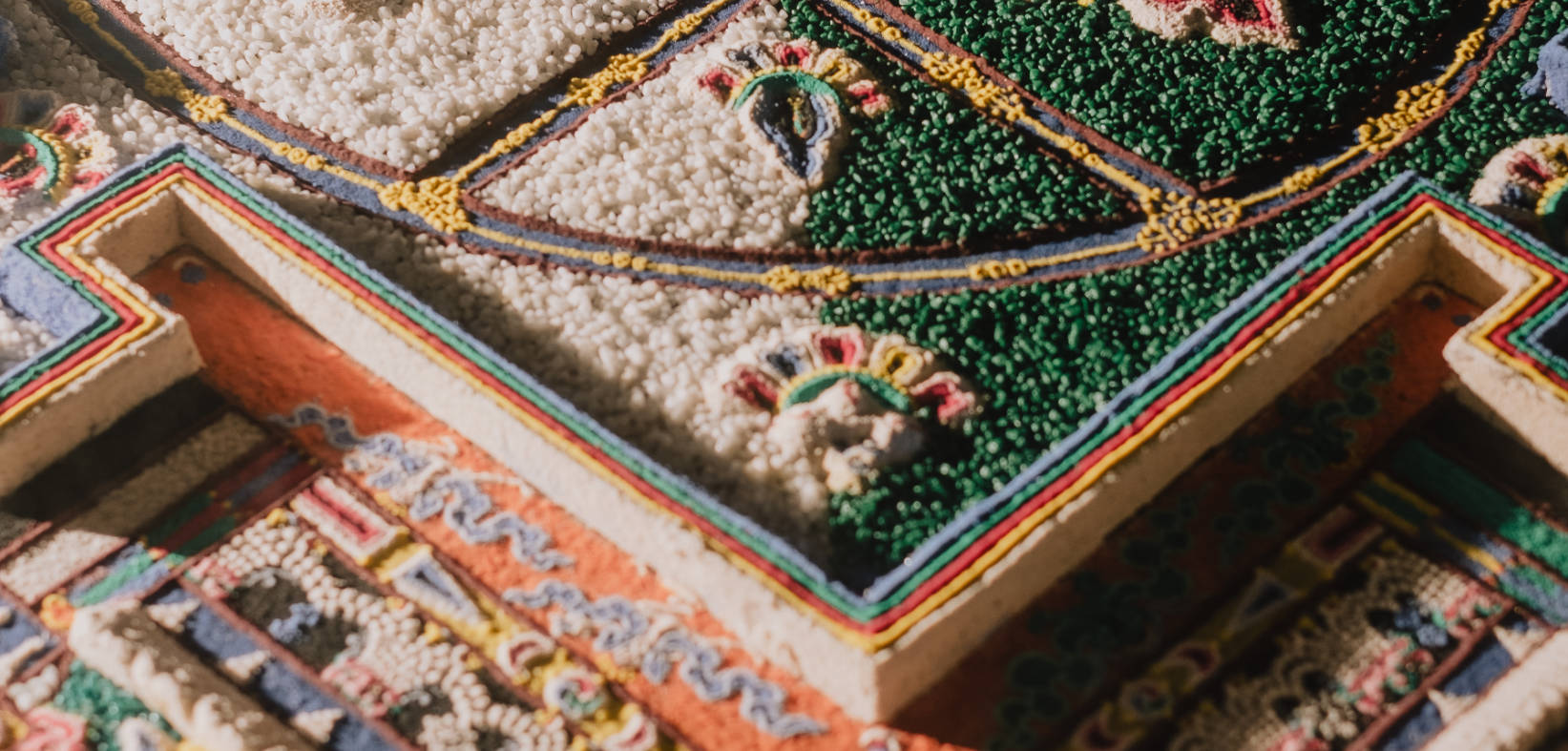
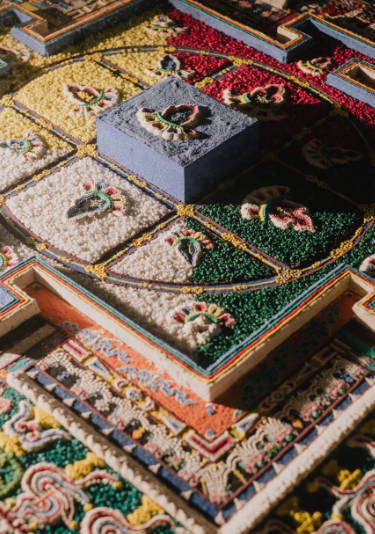
The exhibition presents highlights from the South and Southeast Asia collection.
It features ancient and modern sculptures, architectural fragments, paintings, textiles, and a variety of everyday objects from India, Afghanistan, Pakistan, Sri Lanka, Myanmar, Thailand, Vietnam, Cambodia, Indonesia, and Tibet.
The aim of the exhibition is to present the ancient religions of South Asia – Buddhism and Hinduism, but also smaller religions such as Jainism – through works of art. The focus is on the mission of these religions from ancient India to all parts of South and Southeast Asia.
Buddhism and Hinduism
The majority of objects represent Hinduism and Buddhism, two major world religions whose transmission routes reflect the historical connections between different parts of Asia created by trade, conquest, and human migration. Both the historical and contemporary relevance of these religions are represented through a wide range of artworks. These include classical Hindu stone sculptures from the Gupta Empire (4th-6th centuries), Buddhist statues in bronze and silver from ancient Java (circa 8th-10th centuries), and a Tibetan Buddhist mandala created by monks from Dharamsala, India, in 1992. The largest installation in the exhibition is a Tibetan Buddhist shrine room created by artist Namgyal Gonpe Ronge in 1980.
In addition to religious art, the gallery also features prehistoric pottery from the Ban Chiang archaeological site in northeastern Thailand, ceramics from Thailand and Vietnam dating from the 12th to 15th centuries, textiles from South and Southeast Asia, and a selection of gold jewelry from Java dating from the 9th to 15th centuries.
New presentations in the permanent collection
The original exhibition, curated by Dr. Gerd Kreisel in 2002, has been supplemented by new presentations conceived by other curators in collaboration with visiting scholars and members of the communities of origin. An exhibition area featuring textiles, jewelry, basketry, and musical instruments from the Kayan and Kayaw indigenous groups of Myanmar opened in 2020. Dr. Georg Noack of the Linden-Museum and members of the Kayaw and Kayan Central Literary and Cultural Committee of Myanmar jointly curated this area. The single-object presentation Prince of Wisdom (2022), integrated into the exhibition, presents a rare Bodhisattva statue from various perspectives.
Provenance and restitution
Many of the objects were acquired by the Linden-Museum between 1970 and the early 2000s, either from auction houses or from art dealers and collectors. These acquisitions date from a time when museums in Europe paid little attention to issues of provenance and the illegal trade in antiquities from Asia. Today, we check provenance information very carefully before the museum acquires new objects for the collection. In cases where the museum has been in possession of stolen or smuggled artworks, we have been proactive in providing the relevant authorities with all available information about the objects involved. In 2015, it was discovered that a statue of the goddess Durga on display in the permanent collection had been stolen from a temple in the Indian state of Jammu Kashmir in 1991. The statue has since been restituted and is now on display at the Shri Pratap Singh Museum in Srinagar.

Vortrag von Dr. Mirjam Lücking, Ludwig-Maximilians-Universität München ... more
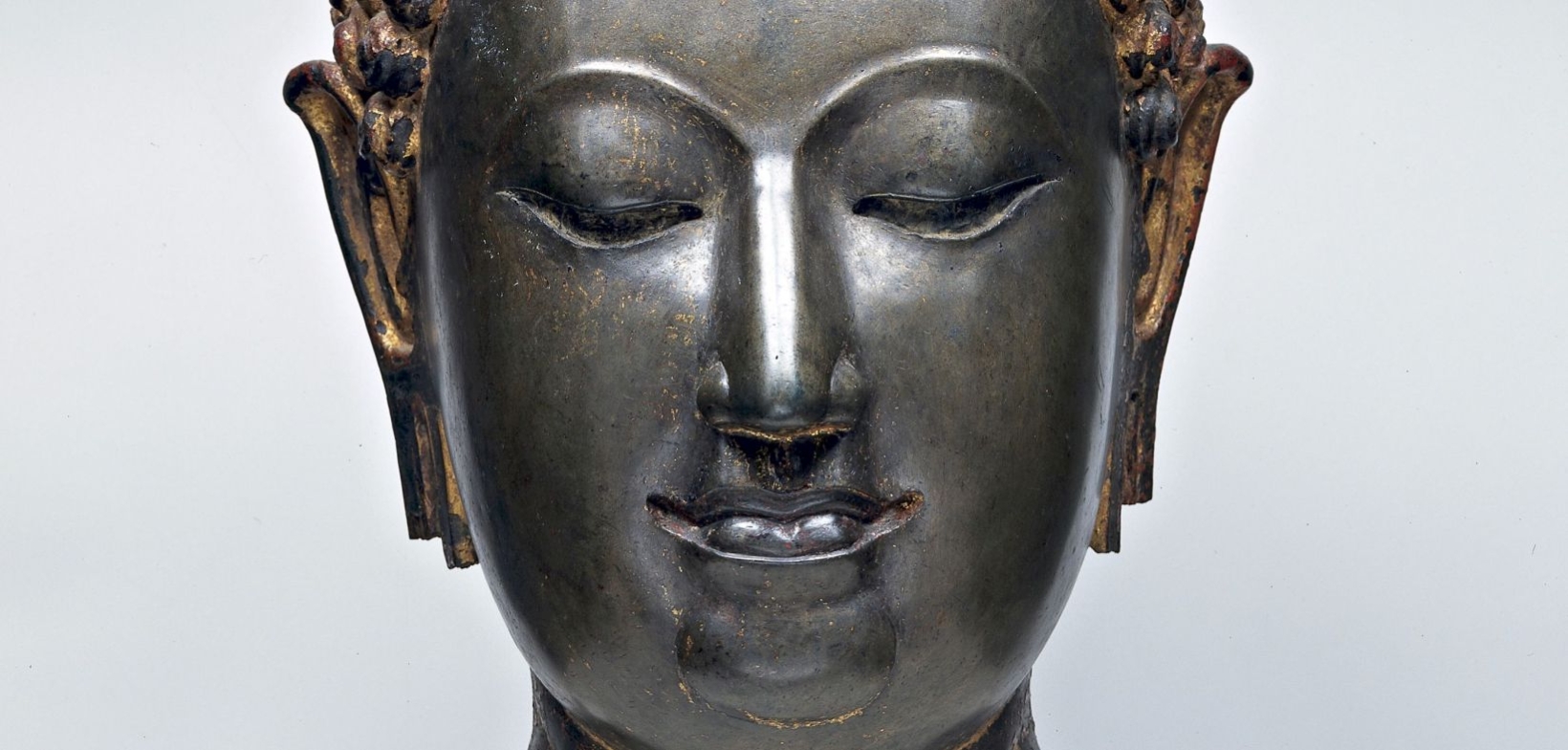
Workshop in der Süd-/Südostasien-Ausstellung mit Sunyata Meditation e. V. ... more
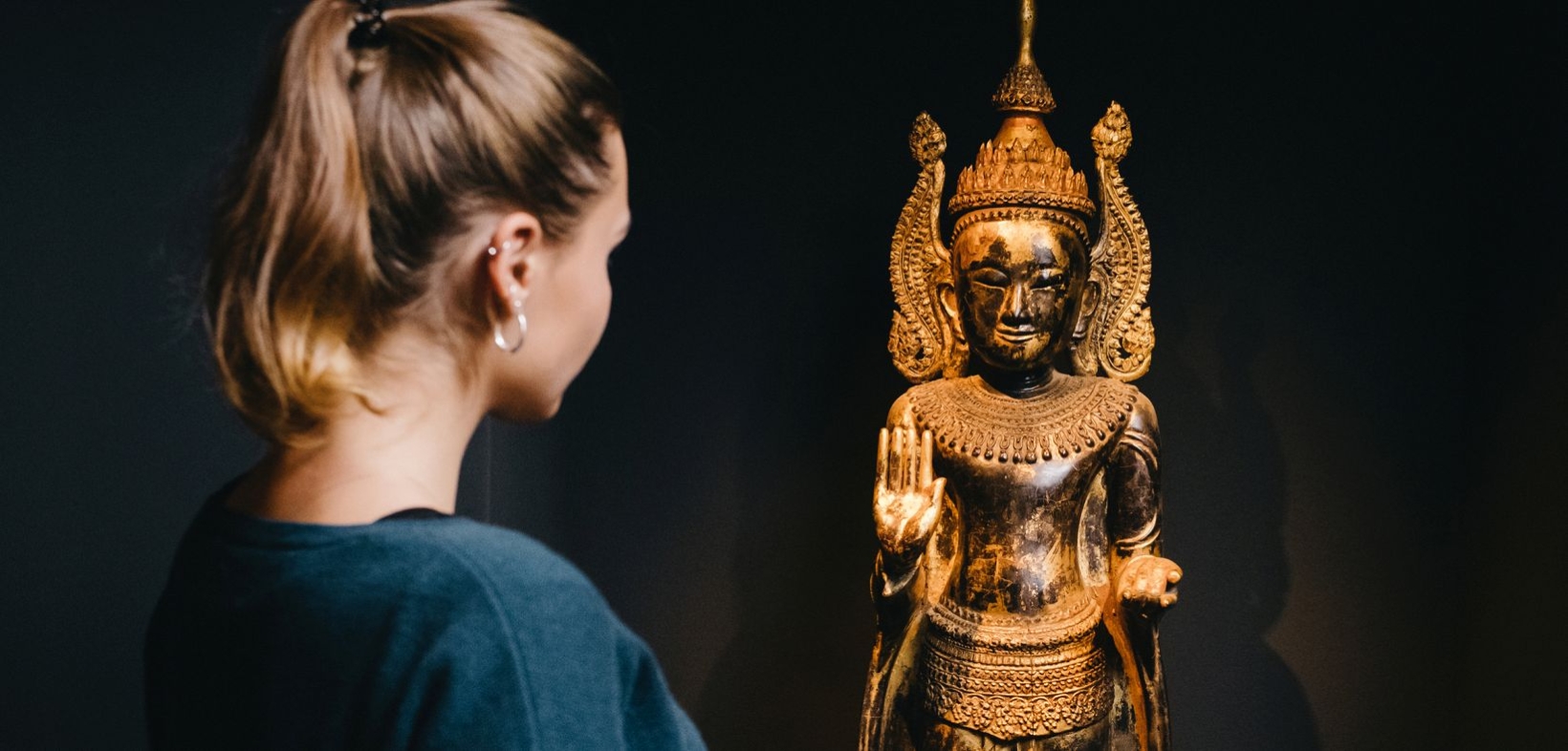
Führung in der Süd-/Südostasien-Ausstellung mit Ursula Hüge ... more
{excerpt} ... more
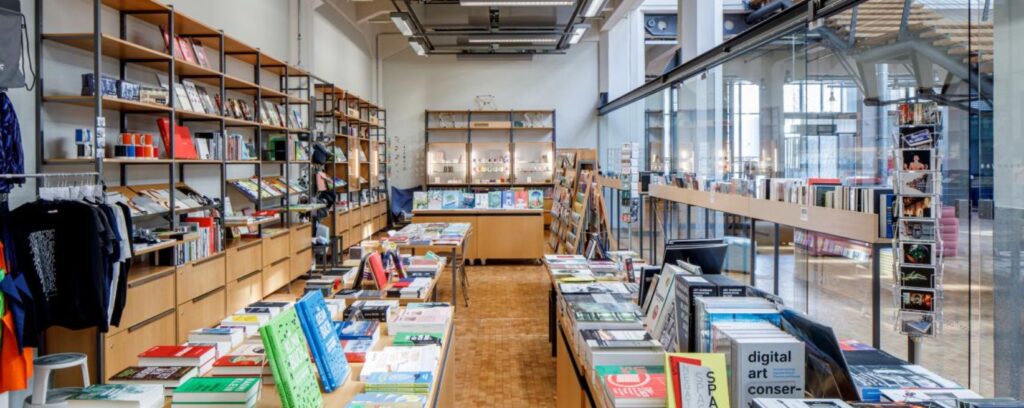
Reference to the shop with catalog and other exhibition-related articles
Reference to the shop with catalog and other exhibition-related articles
Our digital collection offers detailed information, interesting stories and backgrounds to the objects of our collection.


Dienstag bis Samstag, 10 – 17 Uhr
Sonn- und Feiertage, 10 – 18 Uhr